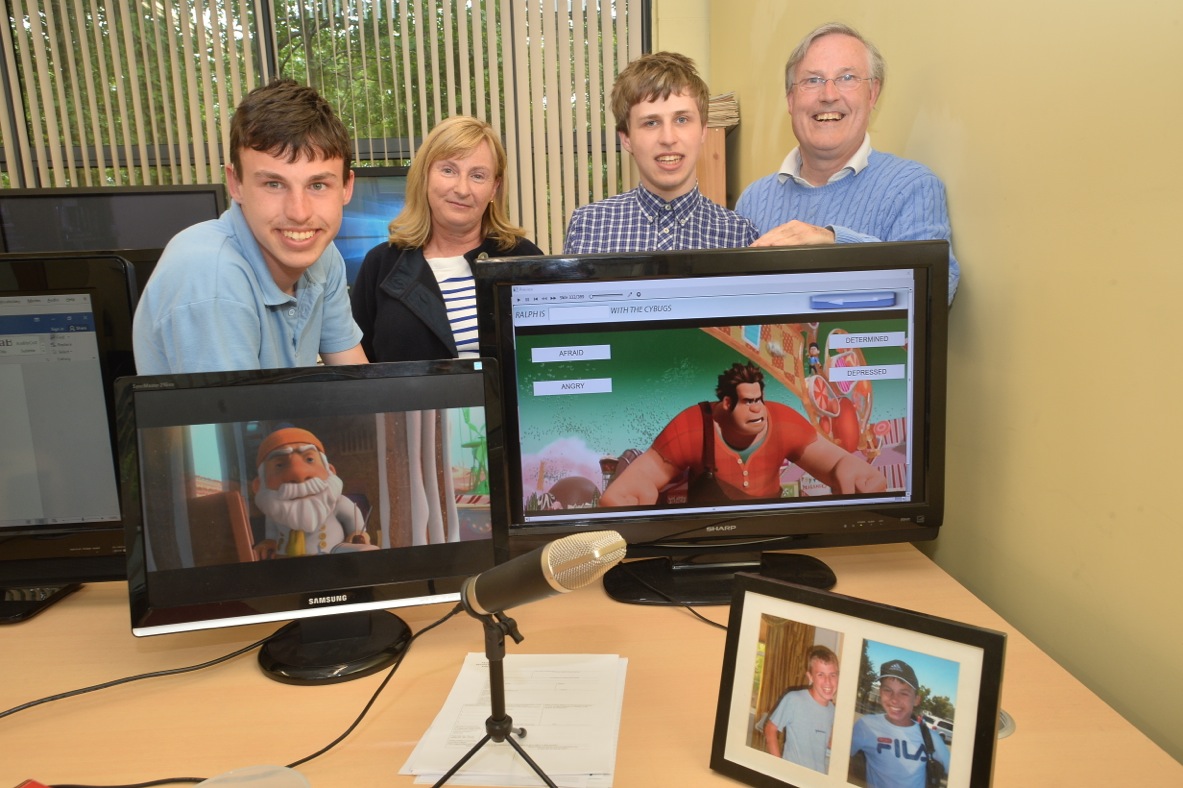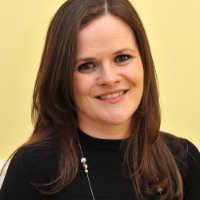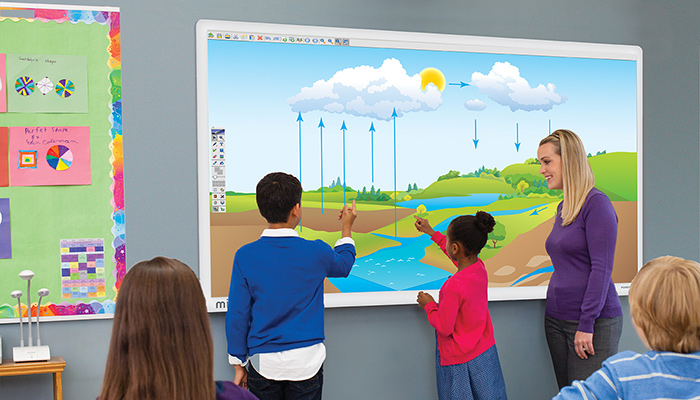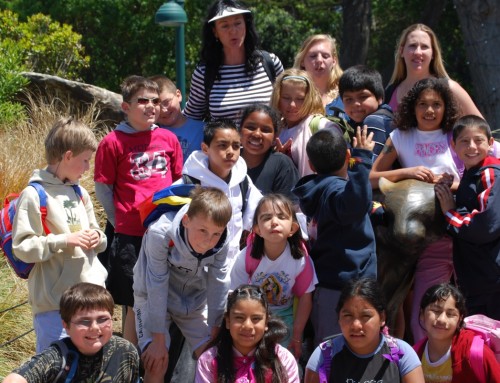LANGUAGE is the key to communication.
Story by Jacqueline Hogge
And with that a vital tool for learning for each and every child. But for many children with special needs, delayed speech and language can confine them to years of locked in frustration and a litany of missed opportunities. This is how the future looked for a Claregalway couple whose twin boys Conor and Eoin were initially diagnosed with the sensorineural hearing loss over 15 years ago. Frustrated at the lack of services to help their sons, Enda and Valerie Dodd traveled to an oral deaf school in the United States where they were given a further series of diagnoses for both boys including autism, pervasive developmental disorder and global dyspraxia.
The family were facing limited options in terms of treatment and education possibilities on their return to Ireland. So they took the brave decision to move transatlantic in search of a better opportunity for their toddler sons in San Francisco. 10 years later, the family have returned to their Galway roots with Conor and Eoin, now 19. The boys are now heavily involved in pioneering software that they and Enda have devised which has helped to lift them from the isolation of autism.
Animated language learning (ALL) is now making significant inroads in a Tuam school, the first in the country to pilot this. It is placed within the autistic spectrum disorder (ASD) class at St. Patrick’s primary school in Tuam. ALL is a visually rich language learning program that uses Disney animation to accompany language. The language is broken down into an interactive format and is being used by over 200 families around the world. Speaking from their base in NUI Galway’s business innovation center, the family have high hopes that their software has potential to change language learning for all children with autism.
The boys have three primary disabilities, an inability to hear speech; inability to think in language; and an inability to express speech; said Enda. “Traditionally, most therapies treat listening skills and the production of speech. But the biggest issue, thinking in language, is where there is no effective solution. So the video segments, imagery and text stimulus of our technology is what addresses this critical disability. This is what made all the difference for the boys and the families that we are working with around the world”. “I think it’s pretty incredible that Conor is now constructing the program – each chapter having 1000 images – to help children with the same diagnosis he was given when he was their age, even though he was told he had an IQ of 50 back then”.
All is very much a family venture and Enda credits Valerie with sowing the seeds of visualization techniques when trying to teach the boys language in their younger years. “I was always aware of the fact the boys were very visual. So new things had to be presented to them in picture and film format”, she said. They always loved computers and books but their big passion from a very young age was Disney films. I would get them DVDs and then buy the book and CD soundtrack along with figurines and costumes, anything that would give the boys a concrete connection to the film. And from there the language took on a life of its own.
Enda would watch on with a certain curiosity as to what we were doing. And then he began to take a piece of the DVD and break it down into an interactive game that the boys could play. The visual imagery was then accompanied by language which was generalized. It was put on the screen so it could be used in any situation of daily life. From the home-based teaching aid, the software was now being developed into a program that has support from Disney, Pixar and Adobe e-learning teams.
St. Patrick’s school principal Padraig Birmingham says the success of ALL, which is integrated into the methods already used in the ASD class, the Orchard, is down to the fact that the children are totally engaged in the program and it can cater to every child’s ability. We’ve had our ASD unit since 2008 and we’ve been lucky with our teachers in that time and in the progress we’ve made. ALL is another very useful addition to the teaching methods used. And we are also very fortunate to have a very supportive parent’s council who funded a large touchscreen for the children to avail of group work through the ALL program. We are also looking at the potential of the software to help out other students who aren’t part of ‘the Orchard’, but who have special needs, to see if it can help them in a similar way to develop their language skills.
Teacher Deana McGuire is also very positive about the impact ALL is having on her children in her class. As a teacher it can be really difficult to find appropriate teaching resources and this program has been something of a revelation in that it can be used across all levels, she said. This motivates children and allows them work in abstract social and emotional language, while at the same time generalizing meaningful language. The children can take this language out of the classroom and apply it in other settings, and that is very important for children with autism.
The program is very much built around the children and it’s not just language they’re learning through this technology. There are so many connections made by the children when they access this, from literacy and spelling through to socialization and emotions. And even to see them negotiate the keypad shows capabilities that may not otherwise be given the opportunity to develop.
The data being collected from the St Pat’s pilot is feeding back into Enda who can track patterns of learning to further develop the software. Valerie believes the software has potential to offer early intervention for children that wasn’t available to her family before they left for America. So much has changed in the delivery of services here in the past 10 years and it’s wonderful the progress that is being made even awareness of conditions such as autism, she said. It nearly broke my heart uprooting the boys to go and seek treatment and a future for them in America but we always knew we would come home. It’s great to be able to come back with something that we truly believe has the potential to change children’s lives for the better.
Read the full feature in this week’s edition









Leave A Comment